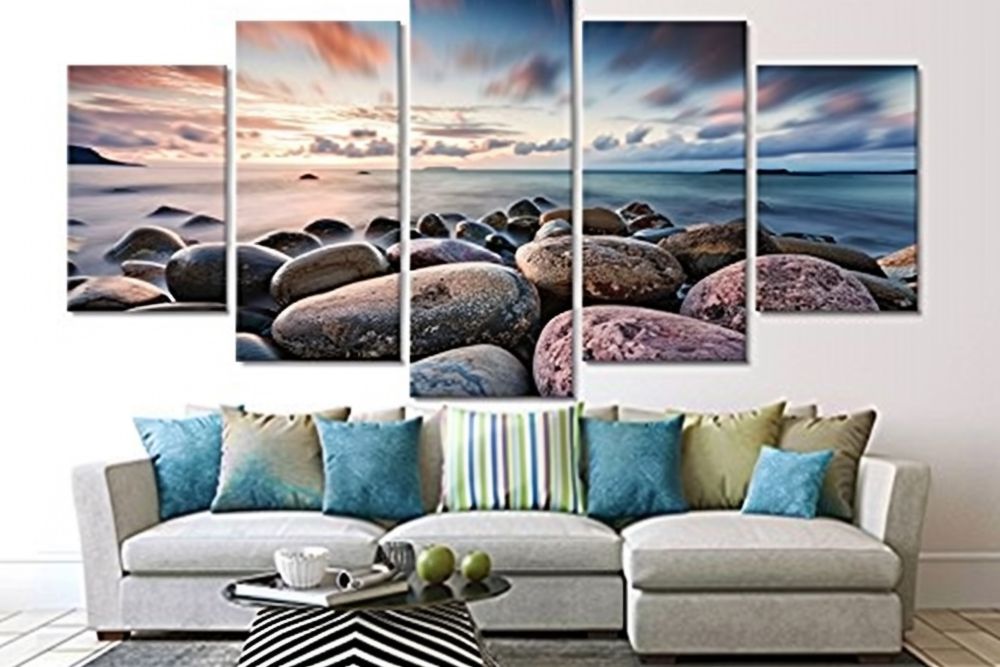Unique Sculpture Techniques Every Artist Should Try
Sculpture is an ever-evolving art form, constantly pushing creative boundaries. While traditional methods like carving, casting, and modeling remain essential, contemporary artists are exploring fresh approaches that redefine how sculptures are created and perceived. If you are looking to try unique sculpture techniques, there are countless ways to experiment beyond the conventional. From unconventional materials to cutting-edge technology, let’s explore some of the most exciting and innovative methods that every artist should consider.
Experiment with Different Materials
For centuries, sculptors worked primarily with stone, metal, and clay. While these materials remain fundamental, modern artists now experiment with different materials, expanding the realm of possibility.
- Paper Sculpture – Paper is no longer just for drawings or origami. Many artists use layered paper to create breathtaking three-dimensional works. Techniques such as quilling, paper cutting, and pulp sculpting allow for intricate detailing and lightweight forms.
- Ice and Sand Sculpting – Ephemeral materials like ice and sand challenge artists to work within time constraints, creating temporary masterpieces that are as impressive as they are fleeting. These sculptures celebrate impermanence and highlight the beauty of decay.
- Recycled and Found Objects – Sustainability meets creativity when artists transform discarded materials into stunning sculptures. From scrap metal and plastic to electronic waste, upcycled sculptures make powerful statements about environmental consciousness.
- Textile and Soft Sculpture – Using fabric, thread, and stuffing, artists can create soft sculptures that blend elements of craft and fine art. These works challenge traditional perceptions of sculpture by embracing flexibility and movement.
Exploring new materials not only enhances artistic expression but also opens the door to unexpected textures, colors, and forms.
Innovative Methods for Creating Sculptures
Beyond materials, sculptors are discovering innovative methods for creating sculptures that break from tradition. These approaches emphasize experimentation, technology, and interactive elements.
- Kinetic Sculpture – Adding movement to sculptures creates dynamic pieces that engage viewers in a whole new way. Wind-powered, motorized, or even magnetically-driven works transform static art into ever-changing compositions.
- 3D Printing and Digital Sculpting – Technology has revolutionized sculpture, allowing artists to design intricate forms using digital software before bringing them to life with 3D printers. This method provides precision, efficiency, and opportunities to replicate complex organic shapes.
- Light and Shadow Sculpting – Some artists design sculptures that interact with light, casting mesmerizing shadows or creating illusions. This technique plays with perception, where the negative space is as significant as the physical form.
- Sound-Integrated Sculpture – Merging sound with three-dimensional forms results in immersive sensory experiences. Some artists incorporate musical elements, vibrations, or interactive sound responses, turning sculptures into living installations.
These innovative techniques push the boundaries of traditional sculpture, offering new ways to captivate and engage audiences.
New Approaches to Sculpting for Artists
As the art world continues to evolve, artists are constantly developing new approaches to sculpting for artists that challenge conventional norms. These approaches prioritize conceptual depth, audience interaction, and storytelling.
- Site-Specific and Environmental Sculpture – Instead of creating sculptures for galleries, many artists craft works that interact with their surroundings. Whether embedded in nature, urban spaces, or underwater environments, these sculptures redefine how art coexists with its setting.
- Modular and Transformable Sculpture – Some sculptures are designed to change shape, expand, or collapse. These adaptable works invite viewers to engage with the piece by altering its form.
- Illusionary and Perspective-Based Sculpture – Playing with angles and forced perspective, these sculptures look different depending on where the viewer stands. This technique adds an element of surprise and discovery.
- Sculptural Installations – Rather than a single object, sculptural installations involve multiple elements arranged in a space to create a larger narrative. These works often blur the line between sculpture and immersive environments.
By embracing unconventional techniques and exploring new concepts, artists can push their creative limits and redefine what sculpture can be.
Embrace the Future of Sculpture
Sculpture is no longer confined to chisels and clay. It is an art form that thrives on exploration, reinvention, and breaking boundaries. Whether you choose to work with unexpected materials, experiment with kinetic movement, or embrace digital tools, the possibilities are endless.
By incorporating these unique techniques into your artistic practice, you can create works that challenge tradition and inspire future generations. So, step beyond the ordinary—sculpt, innovate, and transform your artistic vision into something truly extraordinary.

